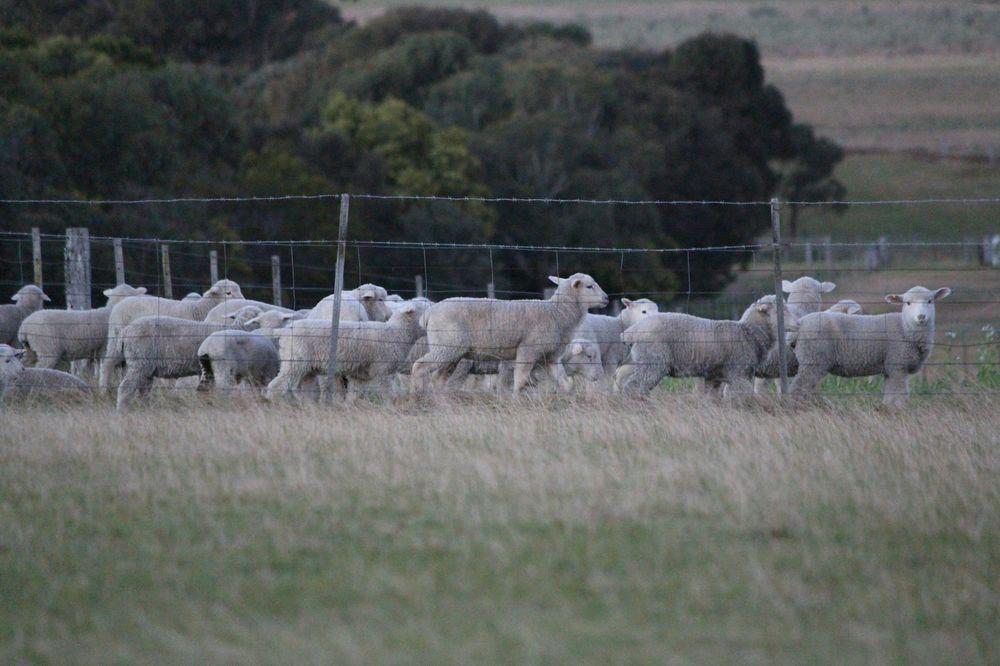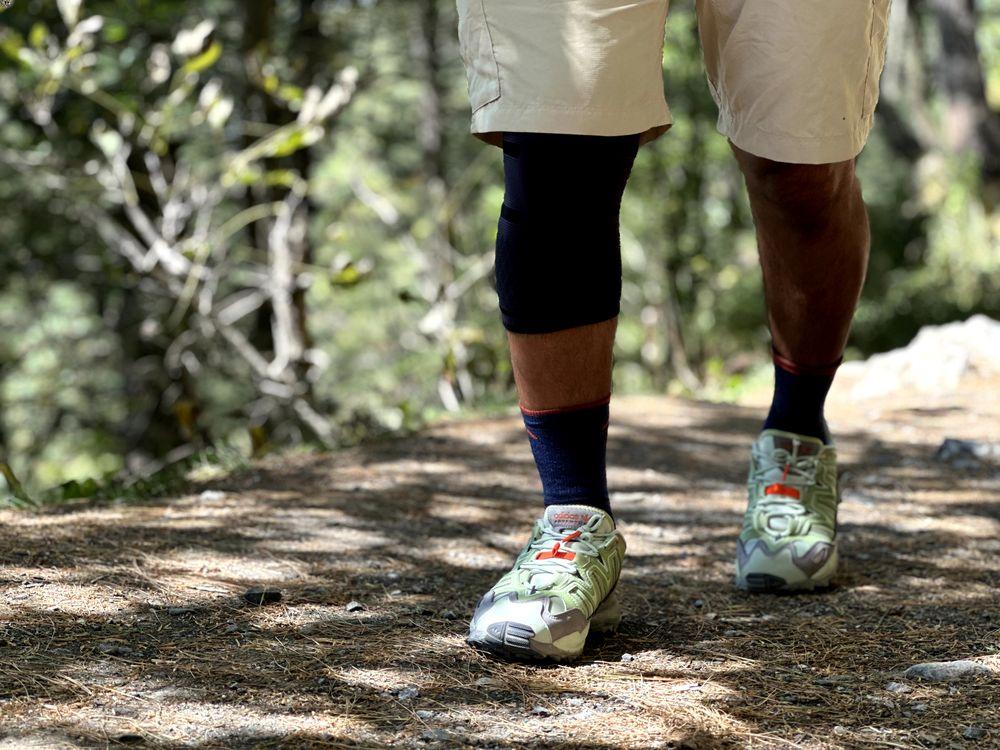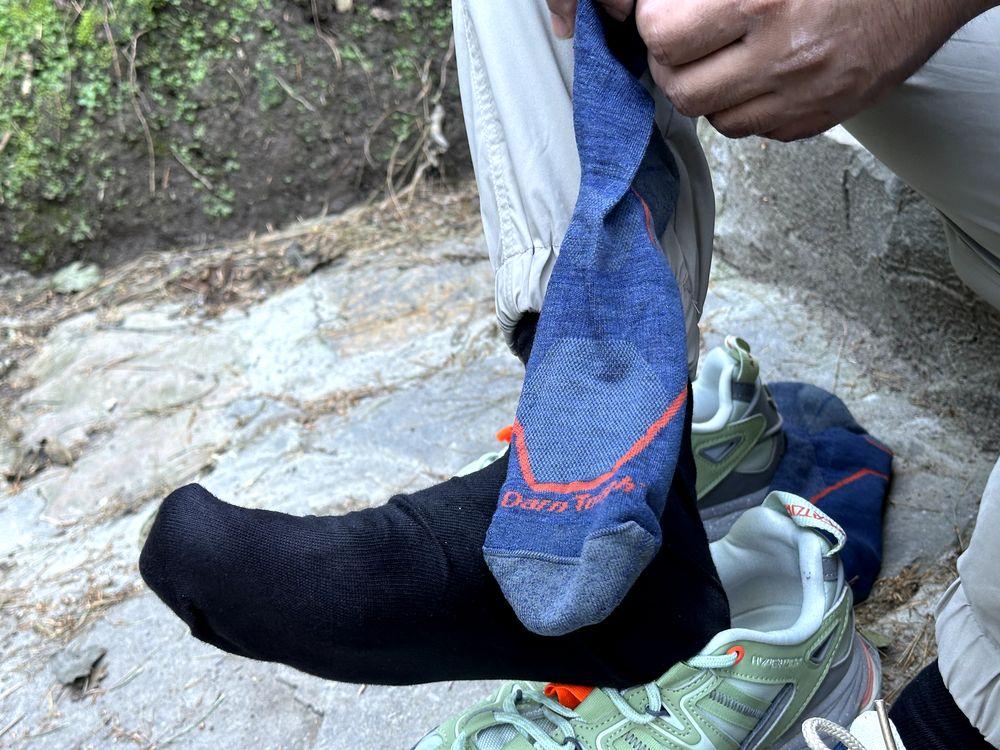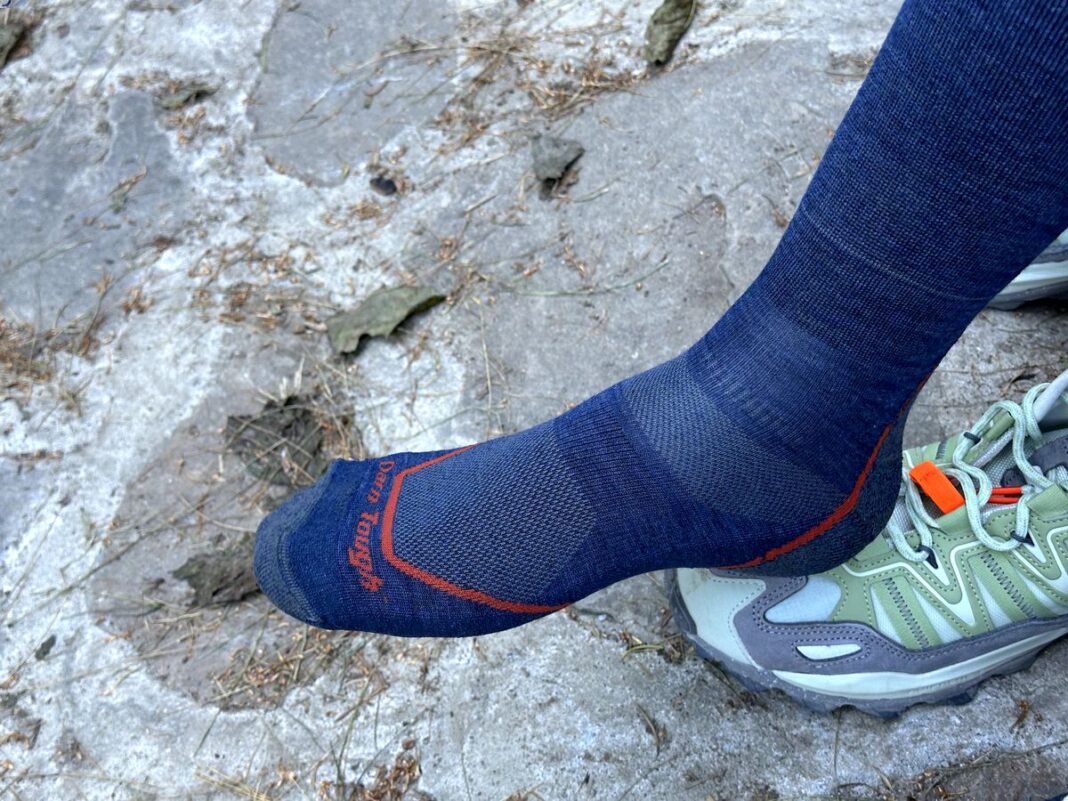Wool socks are popular due to their ability to cushion the feet. It helps you keep your feet warm in the winter and cool in the summertime. These socks absorb sweat and maintain warmth when wet. Merino wool is among the best types of wool. Many renowned wool sock manufacturers use it for premium designs due to its moisture-absorbing properties, cushioning, and finer fibres.
Related: Best Material for Hiking Socks
These socks are not only comfortable for your feet; they also regulate temperature and sweat.

There is no second opinion; Merino wool hiking socks are worth purchasing, especially for individuals who frequently do outdoor adventures. If you handle these socks carefully, they will last longer and give exceptional results.
What is Merino Wool?
Merino wool, considered one of the best Australian wools, comes from Merino sheep. These sheep are quite famous for their soft and fine fibers. Their smaller and finer microns make it costly but ideal for all weather conditions.
Built-in elasticity in Merino wool allows it to maintain its shape, avoid creases, and control temperature, keeping you cool in the summer and warm in the winter. Its odor resistance makes it a preferable choice for outdoor and sporting purposes.

The biodegradable and eco-friendly nature of Merino wool allows it to go well with a variety of garments.
Benefits of Merino Wool Hiking Socks
Buying a random pair of socks for hiking is not a good idea, as it may seem, especially for new hikers. Over the years of experience struggling with foot care due to inadequate socks and footwear, I learned not to compromise on socks and shoes for a good hiking experience.
You may already be familiar with Merino wool hiking socks if you are a hiking lover. These socks are comfortable for your feet. Regulate temperature well.
Here are some benefits of Merino wool hiking socks that make them worthwhile for outdoor adventures.
Moisture-Wicking Capabilities
Moisture-wicking materials, like Merino wool, pull moisture effectively compared to regular socks. So, you must avoid picking any random pair of socks from the market.
Read about the material. Pick socks with a high percentage of merino wool (50% or more).
Sweaty feet are a real challenge on the trail—they cause blisters, discomfort, and a stinky smell. Quality merino wool keeps feet dry and comfortable. These socks can absorb up to 30% of their weight in moisture without feeling wet.
I don’t have sweaty feet. But my legs and body produce more sweat during a rigorous hike or when I try to hike quickly to reach the campsite. Sweat enters from my legs to my socks. That’s why I take merino wool, especially the Micro Crews style, to stop moisture from entering my feet and legs.
Moisture-wicking materials of these socks help to improve the performance by reducing discomfort.
Temperature Regulation
With their insulation properties, Merino wool socks retain heat during winter and provide enough warmth to stay comfortable on the trail. Even if snow enters into shoes accidentally, these socks still insulate when wet to keep the feet warm.

Thermoregulation, which regulates temperature in both winter and summer, keeps your feet cool enough in summer and warm in winter. I usually use three pairs of wool socks yearly in all-weather hikes, and they have proven to be durable, lasting me for several seasons.
I get enough heat during the cold weather in my hiking shoes. And in summer, with their breathability, feet don’t overheat.
Odor Resistance
With its effective moisture management properties, wool is naturally odor resistant. Compared to cotton socks, wool absorbs much more(twice) moisture.
Related: Why Cotton is Bad for Hiking
So what does that mean? This property significantly helps to prevent bacteria, sweat, and odor. Therefore, socks remain fresh for a much longer period without the need for washing. Washing hiking gear while backpacking is not as easy as it sounds.
Over the years of backpacking, I’ve learned the importance of investing in hiking clothing that can stay fresh longer on the trail. Wool socks, especially merino wool, prevent the growth of microorganisms that cause bad smells.
So you don’t feel the stinky feeling for a long period, which saves you from washing for days while backpacking.
Softness and Comfort
Wool socks are soft and provide cushioning to feet. Feet gets the most hammering on the trail. And surviving on backpacking trips without proper foot care leads to miserable backpacking or even quitting backpack trips.
With its softness, merino wool minimizes the chance of itching and irritation. They are breathable and soft, cushioning the foot while offering arch support.

That is why I always prefer wearing Merino wool socks, even during my day hiking trips. Wool socks save your feet from rubbing inside the boot, which helps prevent blister formation.
Durability and Longevity
With extensive use of Merino wool socks, I have not faced any durability issues. However, durability varies from brand to brand as well.
I mostly wear Darn Tough’s wool socks as they really live up to their name. For example, with frequent use and washing, Darn Tough’s Hiker Micro Crew Cushion socks socks don’t lose their effectiveness.
100% wool is not durable, so it’s mixed with nylon or synthetic materials to increase flexibility. Merino fine wool doesn’t let the fiber pile together.
Advantages and Disadvantages of Merino Wool Hiking Socks
| Advantages of Merino Wool Hiking Socks | Disadvantages of Merino Wool Hiking Socks |
| Excellent moisture-wicking | Generally more expensive |
| Temperature control | Requires gentle washing |
| Natural odor resistance | Not suitable for high-heat drying |
| Soft and breathable | Not as quick-drying |
| Durable and resistant to pilling | Limited availability in some regions |
| Suitable for sensitive skin | |
| Provides excellent arch support and cushioning | |
| Ideal for multi-day hikes | |
| Naturally antimicrobial | |
| Retains shape after washing | |
| Lightweight and comfortable | |
| Reduces friction, minimizing blisters |
Comparison with Other Sock Materials
Merino wool socks are far more suitable for backpacking than other cheap materials. With their exceptional Moisture-Wicking, temperature regulation, and odor resistance, these socks help to boost hiking performance by providing comfort.

Cotton socks are budget-friendly, but these are not good at absorbing moisture. Since cotton socks don’t dry quickly, they lead to blisters and a stinky smell.
On the other hand, Merino wool actively controls sweat to keep your feet dry even in humid conditions.
Synthetic fabrics such as nylon and polyester can dry quickly. Still, they lack Merino wool’s ability to regulate temperature and dampness. Although synthetic socks are less expensive, they feel sticky during long hikes.
Related: Is Polyester Good for Hiking?
Another common alternative is to wear silk socks; however, they lack Merino wool’s insulation and humidity control features. Silk socks are good for warm-weather trekking but not comfortable for cold-weather hiking.
Blended socks, which combine Merino wool with synthetic materials, provide an adequate solution. For blended material, you can choose Smartwool Intraknit Thermal Crew or the Arc’teryx Hallam.
Cost Analysis of Merino Wool Hiking Socks
The average price range of Merino wool hiking socks is between $20 and $30 per pair, depending on the quality and brand. Smartwool, Darn Tough, and Icebreaker wool socks are expensive.
Their price range is from $20 to $30. But what differentiates them is their quality and high percentage of merino wool material.
Remember, merino wool is not cheap. So, if the merino wool percentage is high, socks will be expensive. This means you pay more but get better comfort.
For budget-friendly options(less than 20$), socks like Wrightsock Coolmesh Ii and REI Coolmax are good options.
However, the merino wool percentage will be much lower than that of the top socks like Darn Tough Hiker Micro Crew or Darn Tough Light Hiker Micro Crew Socks.
Merino wool socks are a little pricey if we compare the price with synthetic hiking socks(usually cost $5 to $20) or cotton socks (usually $5 to $15) range from.
Merino wool socks justify their higher prices by giving outstanding long-term value for backpackers and outdoor lovers. As I gained more experience on the trail, I found that investing in Merino wool socks was worth it despite the high price tag.
Related: How to Prevent Chafing
